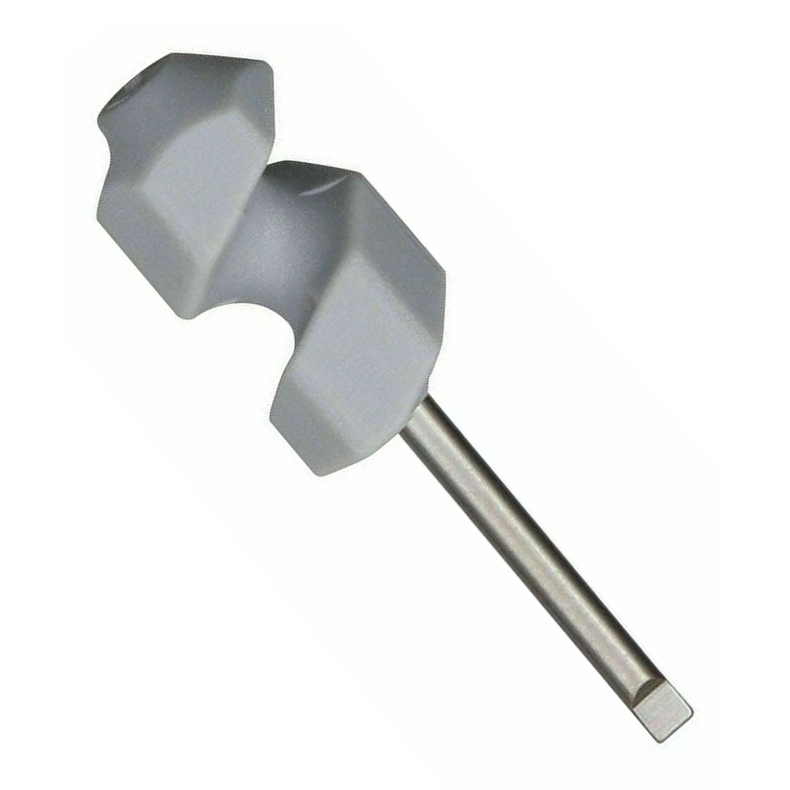
Originally Posted by
walkerwek1958

Apply heat to the area where the thread enters the link, if itís like Rolex this is the opposite end to the head. This is essential to soften any threadlock. Immediately after try turning the screw with a screwdriver, applying pressure to try and tease the screw around. If this doesnít work try again. Heating the end then applying plus gas or similar can sometimes work, itíll smoke a bit so do it in a ventilated area.
A combination of heat and penetrating oil, together with a carefully applied screwdriver, should get it out. I donít recommend trying to drill it unless you have the skill to do so, this is a very tricky job requiring a pillar drill and a good stock of drill bits.






 Reply With Quote
Reply With Quote



